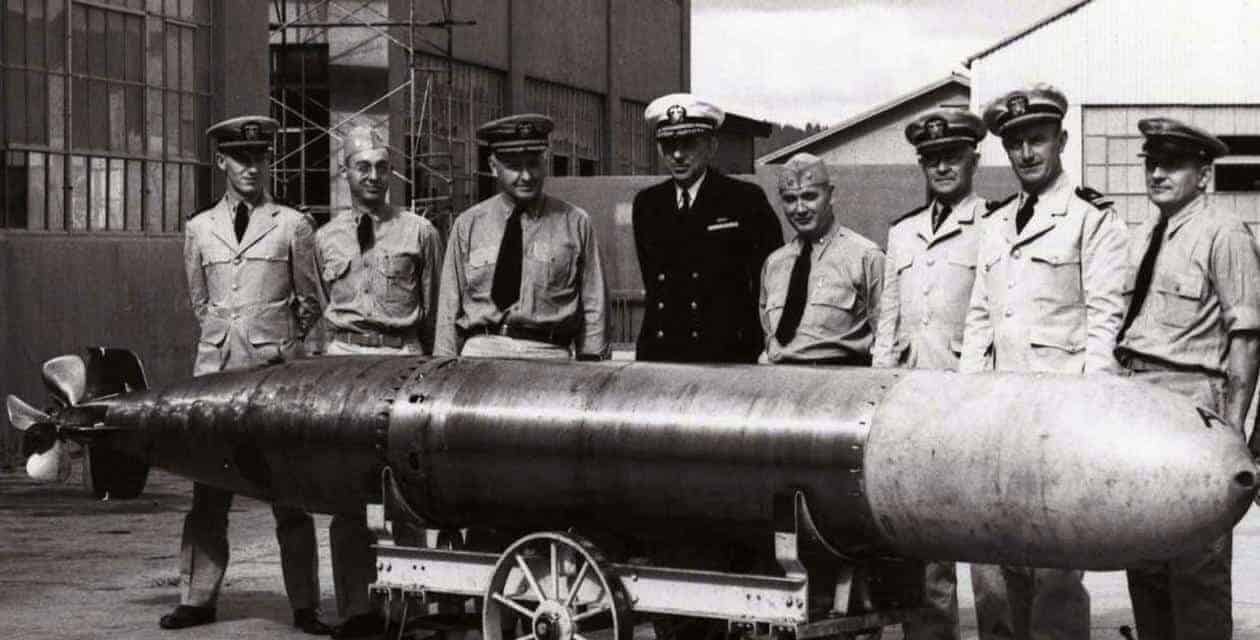Countries, like people, are the sum total of the experiences encountered en route to the present, be such experiences good, bad, or neutrally indifferent. Sometimes we get things right, and sometimes we do not. When we do not, sometimes the mistakes turn out to be insignificant, but other times, they turn out to have a huge impact on us, whether as individuals or as a country. Following are forty things about mistakes that greatly impacted and helped shape America as we know it.
40. Coca-Cola Failed to Buy Pepsi When it Had the Chance

Pepsi was created in 1893, and for decades, it was a niche drink with a tiny market, nowhere close to getting noticed by Coca-Cola, let alone standing a chance of challenging the soft drink giant. In the 1920s, Charles Guth, president of candy manufacturer Loft Inc., asked Coca-Cola for a discount on its syrup, which was used in the soda fountains of some of his retail stores.
Coca-Cola refused, so when Pepsi entered bankruptcy in 1923, Guth bought it for $10,500 (roughly $175,000 today), and had chemists rework its formula to come as close to Coke as possible. Over the following decade, Pepsi-Cola was offered to the Coca-Cola Company for purchase on various occasions, but the soda giant declined the offer each time. It would regret it.

